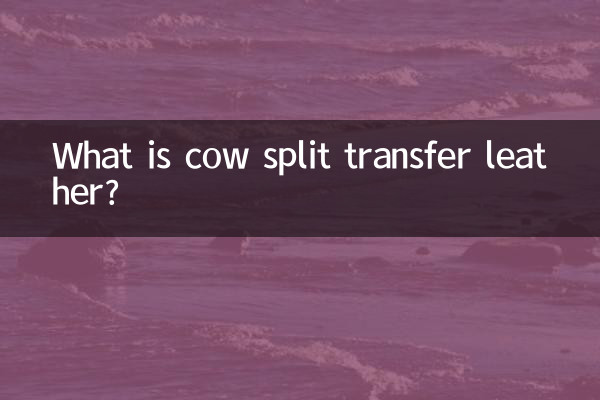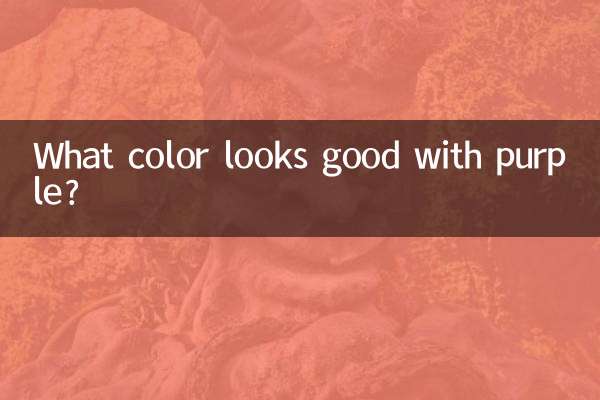What is cow split transfer leather?
Among the hot topics in the past 10 days, environmentally friendly materials, sustainable fashion and alternatives to leather products have become the focus of discussion. Among them, cow split transfer leather, as a common leather material, has attracted the attention of consumers because of its low cost and wide application. This article will introduce in detail the definition, characteristics, production process and market application of bovine split transfer leather, and attach structured data for reference.
1. Definition of cow split transfer leather

Cow split transfer leather, also known as "split transfer leather" or "composite leather", is a composite material made by combining split layers of cowhide (usually split skin) with polyurethane (PU) or polyvinyl chloride (PVC) films. This kind of leather is not full-grain genuine leather, but is made of a composite of the fiber layer of genuine leather and artificial materials, which not only retains some of the characteristics of genuine leather, but also reduces costs.
2. Characteristics of cow split transfer leather
Cow split transfer leather has the characteristics of both genuine leather and artificial materials. Its main features are as follows:
| Features | illustrate |
|---|---|
| lower cost | Due to the use of split leather and artificial materials, the price is lower than full-grain leather. |
| Variety of appearances | Various textures and colors can be imitated through transfer technology to meet different design needs. |
| Average durability | The wear resistance and breathability are not as good as full-grain genuine leather, and cracking or peeling may occur after long-term use. |
| environmental controversy | Contains artificial chemical materials, and some products may not meet environmental standards. |
3. Production process of cow split transfer leather
The production process of cow split transfer leather mainly includes the following steps:
| step | illustrate |
|---|---|
| Raw material preparation | Separate the second layer of cowhide and clean it. |
| coating composite | Coat PU or PVC film on the surface of the second layer of leather and press it to adhere at high temperature. |
| Texture pressing | Use a mold to press out the texture of simulated leather, such as pebbled pattern, crocodile pattern, etc. |
| post processing | Carry out dyeing, polishing and other processes to enhance the appearance and feel of the finished product. |
4. Market application of cow split transfer leather
Cow split transfer leather is widely used in the following fields because of its high cost performance:
| Application areas | Specific products |
|---|---|
| footwear | Inner lining or outer decoration of sports shoes and casual shoes. |
| furniture | Surface materials for sofas and seats. |
| Luggage | Mid-to-low-end leather goods such as wallets and handbags. |
| car interior | Seat covers, steering wheel covers, etc. |
5. Comparison of the advantages and disadvantages of cow split transfer leather
In order to more intuitively understand the advantages and disadvantages of cow split transfer leather, the following is a comparison with full-grain genuine leather:
| Comparative item | Cow split transfer leather | full grain genuine leather |
|---|---|---|
| price | lower | higher |
| Durability | generally | excellent |
| Breathability | Poor | good |
| Environmental protection | Some products are poor | Natural and environmentally friendly |
6. How to identify cow split transfer leather
When consumers purchase leather products, they can identify whether it is cow split transfer leather through the following methods:
1.Observe texture: The texture of transferred leather is often too uniform and lacks the nuances of natural genuine leather.
2.Touch feel: The surface of the transferred leather is smoother, while the genuine leather feels softer and more elastic.
3.Check section: The cross section of genuine leather shows a natural fiber structure, while the obvious composite layer can be seen in transferred leather.
7. Summary
Cow split transfer leather is an economical and practical leather material suitable for consumers with limited budget but demand for leather appearance. However, there are certain limitations in its durability and environmental protection, and you should choose according to actual needs when purchasing. With the rise of sustainable fashion, more environmentally friendly alternatives may emerge in the future, further enriching market choices.

check the details

check the details